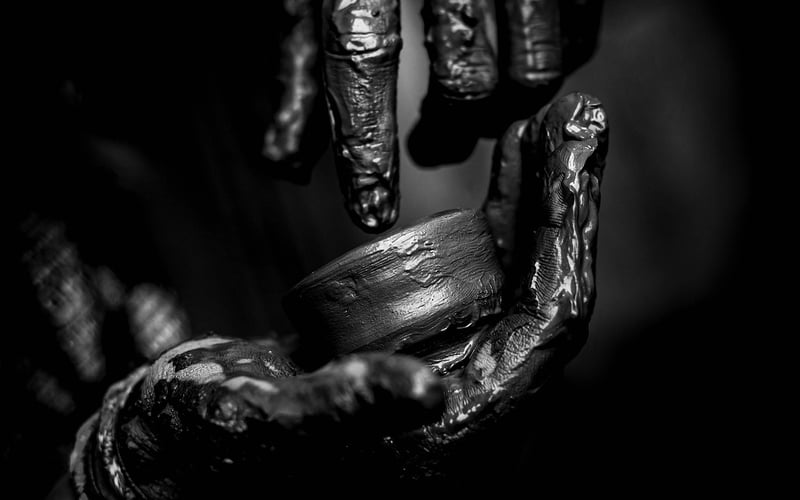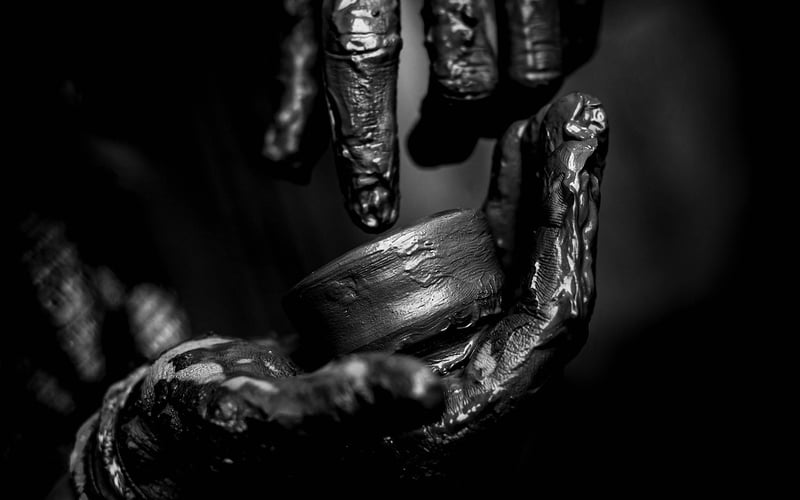Jiu-Jitsu
The Art of Self-Defense: Exploring Jiu-Jitsu Techniques
Self-defense is a crucial skill in today's world where personal safety is paramount. Among the various martial arts disciplines, Jiu-Jitsu stands out as a highly effective form of self-defense that empowers individuals to protect themselves in a range of situations. Let's delve into some essential Jiu-Jitsu techniques that can help you feel more confident and secure in any environment.
1. The Guard Position
The guard position is a fundamental aspect of Jiu-Jitsu that involves being on your back with your legs wrapped around your opponent. This position allows you to control your opponent's movements and create opportunities for attacks or escapes.

2. Joint Locks
Joint locks are techniques in Jiu-Jitsu that target your opponent's joints, such as the elbow or knee, to apply pressure and force them into submission. These locks can be used to immobilize an attacker and neutralize the threat effectively.

3. Escapes and Reversals
Escapes and reversals are critical components of self-defense in Jiu-Jitsu. These techniques focus on freeing yourself from unfavorable positions, such as being pinned down or trapped, and reversing the situation to gain the upper hand.

4. Chokes and Strangles
Chokes and strangles are potent techniques in Jiu-Jitsu that target the opponent's neck to cut off blood flow or airflow, leading to a quick submission. These techniques are highly effective in self-defense scenarios where quick incapacitation is necessary.

By mastering these essential Jiu-Jitsu techniques, you can enhance your self-defense skills and feel more prepared to handle challenging situations with confidence. Remember that consistent practice and training are key to proficiency in any martial art, so dedicate time to honing your skills and staying vigilant in your self-defense journey.
Stay safe, stay empowered!
